LTE CAT4/CAT6 Definition 4G Cat4 Cpe,Mini Soho Portable 4G Cpe,4G Lte Router,4G Volte Router Shenzhen MovingComm Technology Co., Ltd. , https://www.szmovingcomm.com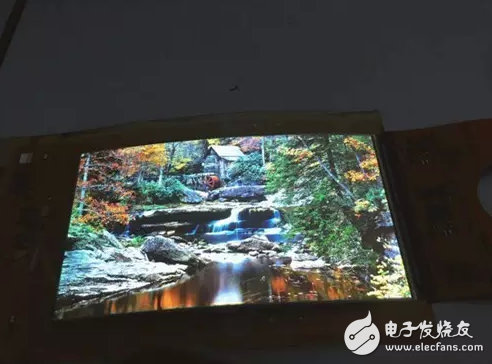
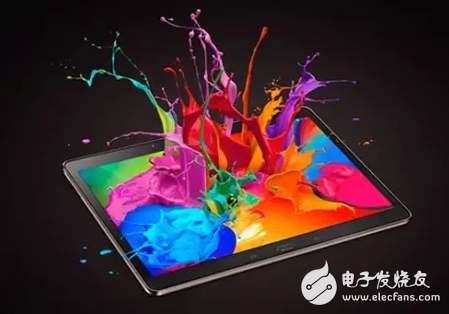
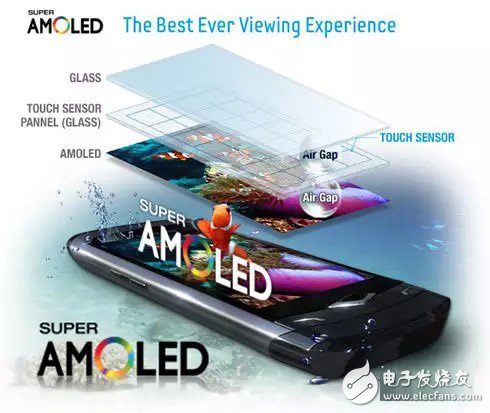
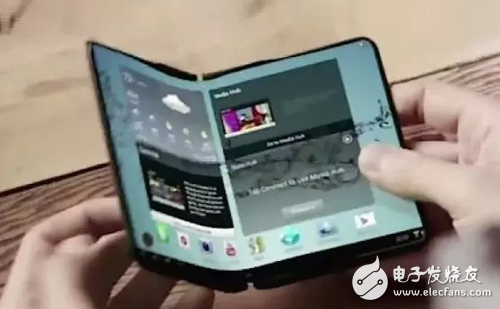
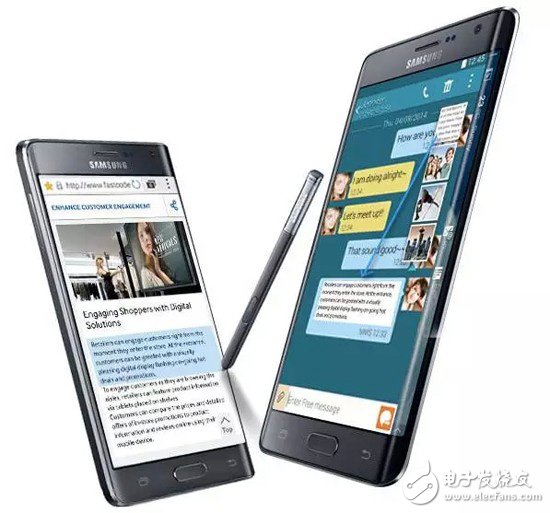
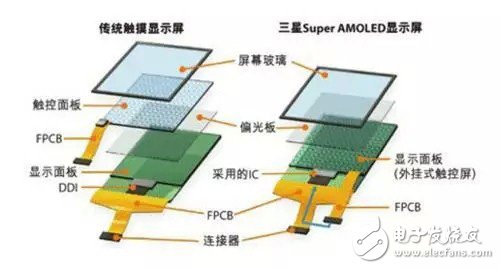
The full name of LTE CAT is LTE UE-category, which is broken down to explain :LTE refers to 4G LTE network, UE refers to user equipment, and Category is translated as level. Smooth interpretation is the level of 4G LTE network transmission rate that user devices can support, which can also be said to be a technical standard for 4G network speed. Therefore, LTE CAT4/CAT6 means that the user device LTE network access capability level is 4 or 6.
Since the level is different, then its capabilities are certainly not the same, let's take a look at LTE CAT4/CAT6 affect what performance, respectively, what level. Simply put, LTE CAT affects the upper limit of 4G LTE uplink and downlink network speed, which is generally referred to as the maximum upload and download speed that a user device can achieve.
There are not only 4 and 6 levels in LTE CAT, but the table above is our list of currently known LTE CAT levels and the corresponding maximum transmission speed. Among them, LTE CAT4/CAT6 is also the current network transmission technology level of 4G mobile phones, while the faster CAT7 and CAT8 are still in the laboratory stage and have not been commercially developed.
Phones and chips that support LTE CAT4/CAT6
As far as the current 4G mobile phone market is concerned, most mobile phone products are CAT4 technology, and only a small number of new mobile phones use CAT6 technology, such as Huawei Honor 6, Samsung Galaxy S5 advanced version and LG G3 Cat6, and the concept of LTE CAT6 is proposed by Huawei Honor 6.
For the mobile phone LTE CAT4/CAT6 standard, it is directly linked to the mobile phone chip, or, if you know the processor of the mobile phone, you know which technology the mobile phone uses. For the current 4G mobile phone chips, only Huawei Kirin 920 and Qualcomm Snapdragon 805 processors for LTE CAT6, before this 4G chips are LTE CAT4, the future and Kirin 930, Qualcomm Snapdragon 808/810 will support LTE CAT6. Mediatek won't have LTE CAT6 chips until the second half of next year.
Qualcomm Snapdragon 805, 808, and 810 also support LTE CAT6
It is worth mentioning here that Qualcomm Snapdragon 805 and Kirin 920 are not the same in chip design, the LTE CAT6 baseband of Snapdragon 805 is an external Gobi MDM9x35, while Kirin 920 is a direct SoC integration, and the chip is integrated, this point Kirin 920 has ultra-high integration. It has certain advantages in power consumption and cost. As a leading international communications company, Huawei's strength can not be underestimated, but also the pride of our people.
The actual use value of LTE CAT6
Upload, download speed is our use of mobile Internet access the most concerned performance, but it should be clear that the LTECAT standard is the 4G transmission speed limit, and can not improve the transmission speed, in the operator's 4G network speed has not reached the next standard, simply raising the limit is meaningless. At present, the 4G networks of domestic operators are all LTE CAT4 standards, and the peak download speed is 150Mbps, but it is difficult to reach the upper limit of LTE CAT4 in practical applications, and even to reach 100Mbps is very difficult, so at this stage LTE CAT6 has no use value.
In terms of real life applications, LTE CAT6 is not as beautiful as we think. We can do a calculation, according to the formula 1MB/s=8Mbps, the maximum download speed of LTE CAT4 is 18.75MB/s, such a download speed, for 1080P video online playback has no pressure, even 4K online film source still can not occupy such a large bandwidth, So LTE CAT6 has no use either.
To sum up, LTE CAT6 does not have much use value at this stage, and the term is only a gimmick of manufacturers, until the operator 4G standard reaches LTE CAT6, I believe that LTE CAT6 equipment has long been popular. So as for whether the phone is LTE CAT4 or LTE CAT6, you don't have to care.
At present, AMOLED display technology has become a technology that many consumers pay attention to. Samsung's mobile phone has been using this kind of screen, but it is difficult to promote it. The large-screen display field is hard to find the large-screen AMOLED device. Why? Below we may wish to introduce this unique display technology.
Approaching AMOLED
AMOLED is a kind of OLED display technology, also called active matrix OLED display technology. AMOLED is the abbreviation of English AcTIve-matrix organic light emitTIng diode. The full name of Chinese is active matrix organic light emitting diode or active matrix organic light emitting diode. The AMOLED screen has three layers of structure, AMOLED screen + TouchScreenPanel (touch screen panel) + outer protective glass. AMOLED is a kind of OLED technology. OLED stands for self-luminous display, which uses multiple layers of organic compounds to realize independent R, G and B colors. Super AMOLED has the highest score in determining the color metrics of color reproduction - color gamut and color fidelity. The WQXGA-class HD screen also received "ExcellentA" for outdoor visibility, which gives GALAXYTabS outstanding visibility under outdoor glare.
The principle of illumination of AMOLED
AMOLED screens have evolved into many different versions, such as AMOLED, SuperAMOLED, SuperAMOLEDPlus, and SuperAMOLEDAdvanced. The basis of AMOLED is an organic illuminant. Thousands of light sources that can only emit one of red, green or blue are placed on the substrate of the screen in a specific form. When a voltage is applied, red, green or blue light is emitted. The voltage change also depends on the TFT. After adjusting the ratio of the three primary colors, various colors can be emitted.
Faster pace of development
As the practical application of AMOLED is faster, it has become the mainstream OLED technology, which inherits the characteristics of energy saving, ultra-thin and flexible of OLED materials, but the current development is not mature, due to the problem of the lifetime of blue OLED luminescent materials. If it is not solved, it will affect the life of the display screen as a whole, and it is also due to this problem, the color of the screen also has problems (the reason why the blue OLED material is not used frequently), so the defect causes life, color and cost disadvantage. So that AMOLED can not be promoted. And this problem has also seriously affected the process of large-scale AMOLED. The life expectancy of large-scale equipment is higher. Although the current technology can make the life of AMOLED screen more than 10,000 hours, it is obviously more demanding for equipment such as TV. High, can not solve the life problem, a lot of evaporation of some blue OLED materials, can solve this problem to a certain extent, but the blue OLED has too many components, the color of the picture can not be guaranteed, so AMOLED large-scale encounter "difficult to produce ".
After discussing the principle and development of AMOLED, we then analyze the advantages and disadvantages of AMOLED display technology. AMOLED has thinner, lighter, active illumination without backlight, no viewing angle, high definition, high brightness and fast response. The utility model has the advantages of low energy consumption, wide temperature range, strong earthquake resistance and soft display, and many of the characteristics are difficult to realize by the TFT liquid crystal panel. The following continues to recognize the AMOLED display technology.
Insufficient Super AMOLED
Samsung has always used Super AMOLED screens on its flagship model. This is one of AMOLED's excellent display technologies. However, the evaluation of Super AMOLED is controversial. Super AMOLED is not Samsung's own invention and exclusive. The thing is just because Samsung has accumulated a lot of experience and technology in the large-scale production of TFT-LCD screens, plus a lot of money for the development of OLEDs and frequent use of Super AMOLED screens on its own products, which leads people to think that Super AMOLED is Samsung's unique technology. Super AMOLED has been criticized for several reasons. The first is that the color reproduction is not as good as the IPS screen. Samsung's Super AMOLED screen says that the color of the graphics is often thick and colorful, too full, and the color is vulgar, but This is actually caused by Samsung's deliberately adjusting the color of the screen to cater to the taste of the public. To please the eye, or to focus on the restoration of color, this is a personal favorite problem, in fact, has little to do with the screen.
The early Super AMOLED screens had a burn-in phenomenon. The so-called burn-in screen means that if the screen displays a certain still image for a long time, it will leave a residual image. The early Super AMOLED screen did have this problem, but with the continual evolution and development of OLED screens, this phenomenon has become less and less. Samsung's screen has been sprayed with PGB-type lattice arrangement. The PGB-type lattice arrangement is arranged relative to the RGB-type lattice array, and the graininess is stronger. This problem is particularly obvious in the era of 720P and lower resolution. But on the 1080p screen of the Galaxy S4, this problem has been solved to a large extent. The Galaxy S5's screen is more reasonable than the Galaxy S4's screen-type dot matrix arrangement. This problem is no longer the short board of Super AMOLED.